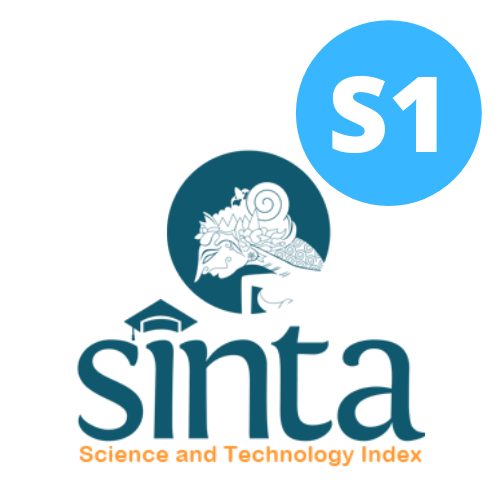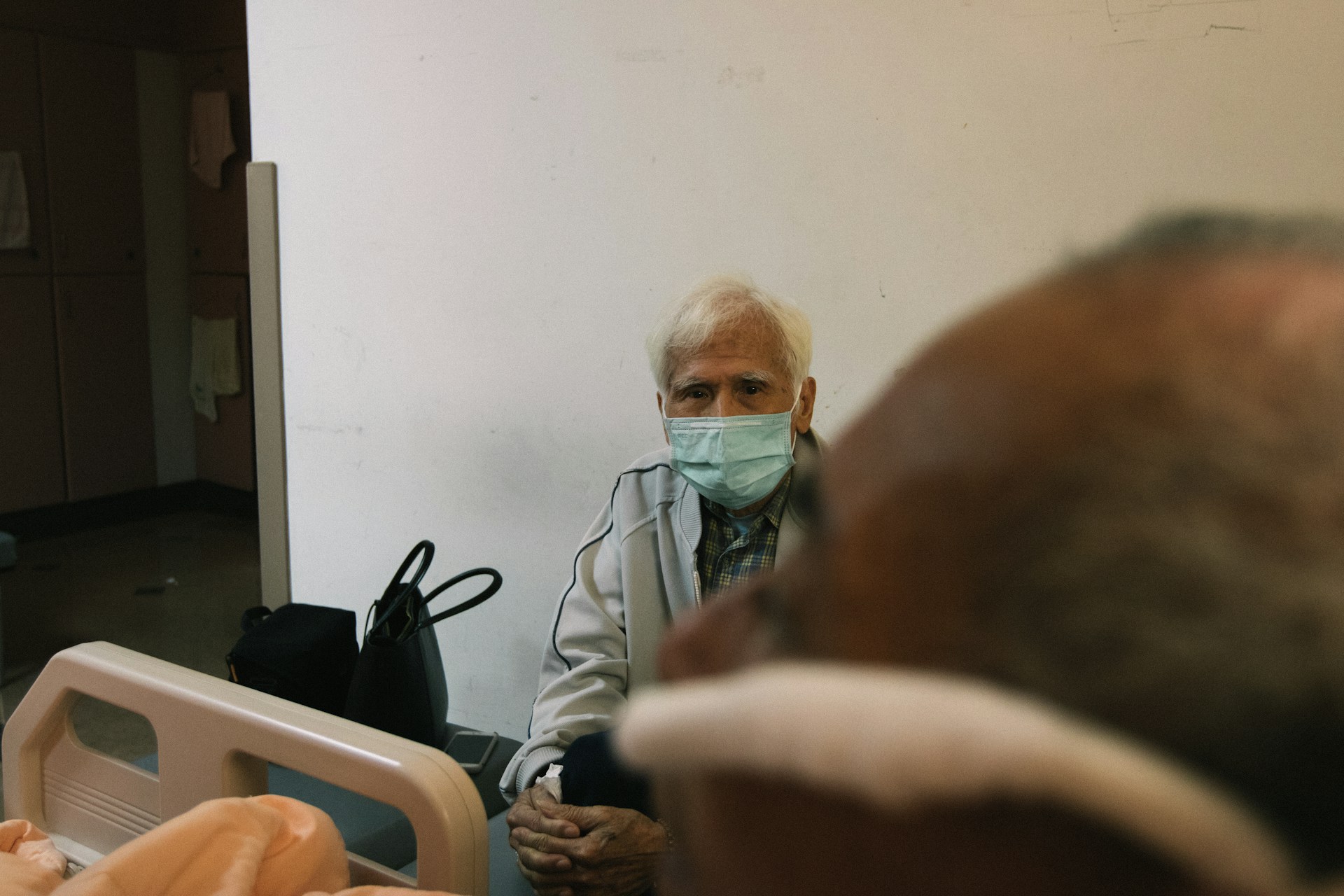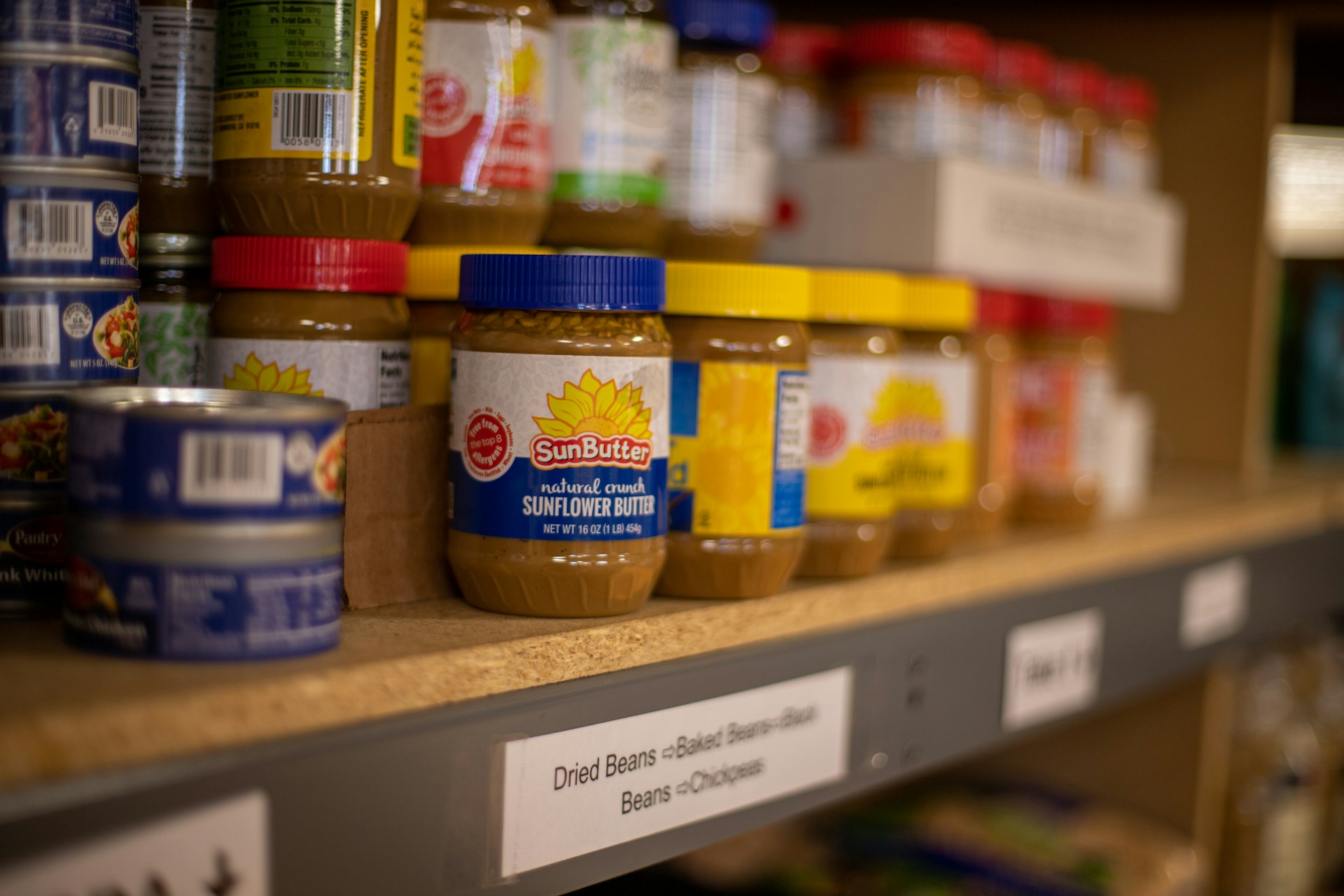Relationship between Food Pattern, Physical Activity, Internet Addiction with Nutrition Status of Senior High School Student during Covid-19 Pandemic in Surabaya
Hubungan Pola Makan, Aktivitas Fisik, Kecanduan Internet dengan Status Gizi Anak SMA selama Masa Pandemi Covid-19 di Kota Surabaya
Downloads
Background: The covid-19 pandemic period forced all school students to carry out school activities at their respective homes so that they changed their activity patterns, food patterns and exposure to the internet. These three things can indirectly affect the nutritional status of adolescents. Unicef "‹"‹stated that 1 in 5 school teenagers in Indonesia is obese. The prevalence of adolescent obesity in East Java is 16.4%, which is greater than the prevalence in Indonesia of 13.5%.
Objective: To identify the relationship of food pattern, physical activity, internet addiction and nutritional status in high school teenagers in Surabaya.
Methods: This research is an analytic observational study with a cross sectional design. The sample size is 72 samples taken by simple random sampling from 2 high schools representing the city of Surabaya. Food pattern was measured by interviewing the Qualitative Food Frequency Questionnaire, physical activity was measured by interviewing the IPAQ (International Physical Activity Questionnaire) questionnaire and internet addiction using the young's internet addiction test questionnaire. Nutritional status was measured independently with Body Mass Index. Relationship analysis was carried out by Spearmen correlation test.
Results: There are 62.5% of respondents have an inappropriate food pattern, with 48.6% of respondents have moderate activity. The level of internet addiction with the highest proportion is in the mild category as much as 66.7%, meanwhile 9.7% and 25.0% of respondents are overweight and obese respectively. There was no relationship between internet addiction and nutritional status (p=0.192), but there was a relationship between physical activity and diet and nutritional status (p<0.05).
Conclusion: In connection with the relationship between physical activity and diet with excessive nutritional status, KIE for adolescent students regarding adequate physical activity, proper eating patterns with balanced nutrition principles and monitoring student body weight need to be re-enforced.
Fore, H. H., Dongyu, Q., Beasley, D. M. & Ghebreyesus, T. A. Child malnutrition and COVID-19: the time to act is now. Lancet 396, 517–518 (2020).
Global Nutrition Report. Global Nutrition Report: Action on Equity to end malnutrition. The Global Nutrition Report's Independent Expert Group (2020). doi:10.2499/9780896295841.
Indonesian Health Ministry. Indonesia Basic Health Reserach 2018. Indones. Minist. Heal. 53, 1689–1699 (2018).
Kemenkes RI. Survey Status Gizi Indonesia (SSGI) Tahun 2021. Buana Ilmu vol. 2 (2021).
Lapousis, G. The Relation between Physical Activity and the use of Internet in Schoolchildren Aged 13-15 Years Old. Swedish J. Sci. Res. 3, 1–7 (2016).
Kementerian Kesehatan. Pedoman Gizi Seimbang. Peratur. Menteri Kesehat. Republik Indones. Nomor 41 tentang Pedoman Gizi Seimbang 1–96 (2014).
Kurniawan, H. & Farapti, F. Hubungan Adiksi Internet dengan Status Gizi pada Mahasiswa Fakultas Kesehatan Masyarakat Universitas Airlangga. Media Gizi Kesmas 10, 187 (2021).
Murbawani, E. A. Hubungan Persen Lemak Tubuh Dan Aktivitas Fisik Dengan Tingkat Kesegaran Jasmani Remaja Putri. J. Nutr. Heal. 5, 69–84 (2017).
Praditasari, J. A. & Sumarmik, S. Asupan Lemak, Aktivitas Fisik Dan Kegemukan Pada Remaja Putri Di Smp Bina Insani Surabaya. Media Gizi Indones. 13, 117 (2018).
Widjanarko, B. & Margawati, A. Pengaruh intervensi pendidikan gizi terhadap peningkatan pengetahuan gizi, perubahan asupan zat gizi dan indeks massa tubuh remaja kelebihan berat badan. J. Gizi Indones. Indones. J. Nutr. 4, 38–47 (2016).
Di Renzo et al. Eating habits and lifestyle changes during COVID "‘ 19 lockdown : an Italian survey. J. Transl. Med. 1–15 (2020) doi:10.1186/s12967-020-02399-5.
Rosalind Gibson. Principles of Nutrition Assessment. (2005).
Young, K. Understanding online gaming addiction and treatment issues for adolescents. Am. J. Fam. Ther. 37, 355–372 (2009).
Wijayanti, M., Adiningsih, S. & Rachmah, Q. Hubungan Kebiasaan Melewatkan Sarapan dan Aktivitas Fisik dengan Obesitas Abdominal pada Mahasiswa. Amerta Nutr 115–120 (2021) doi:10.20473/amnt.v5i2.2021.
Yusintha, A. N. & Adriyanto, A. Hubungan Antara Perilaku Makan dan Citra Tubuh dengan Status Gizi Remaja Putri Usia 15-18 Tahun. Amerta Nutr. 2, 147 (2018).
Annas Buanasita, Dwipajati, E. S. U. Y. P. L. R. Gizi Daur Kehidupan di Masa New Normal. (2020).
Efrizal, W. Konsumsi, Perilaku Instan, Mie Remaja Di Bangka Belitung,CITRA DELIMA : Jurnal Ilmiah STIKES Citra Delima Bangka Belitung. Ji 4, 94–100 (2021).
Kemenkes RI. Tabel Komposisi Pangan Indonesia (TKPI). (2018).
Hirawan, fajar B. & Verselita, A. A. Kebijakan Pangan di Masa Pandemi COVID-19. CSIS Coment. 1–7 (2020).
Buanasita, Annas, et.al, 2021. Coping Strategies Among Communities in East Java during Covid-19 Pandemic. Southeast Asian J Trop Med Public Heal. Introd. 52, 131–140 (2021).
Indonesia Ministry of Health. Peraturan Menteri Kesehatan no 28 tahun 2019 tentang Angka Kecukupan Gizi Yang Dianjurkan 2019) Daily NUtrition Recommendation < MOH , 2019. (2019).
Azkia, F. I. & Miko Wahyono, T. Y. Hubungan Pola Konsumsi Makanan Berisiko dengan Obesitas Sentral Pada Wanita Usia 25-65 Tahun di Bogor Tahun 2011-2012. J. Epidemiol. Kesehat. Indones. 2, 11–18 (2019).
Permanasari, Y. & Aditianti, A. Konsumsi Makanan Tinggi Kalori Dan Lemak Tetapi Rendah Serat Dan Aktivitas Fisik Kaitannya Dengan Kegemukan Pada Anak Usia 5 – 18 Tahun Di Indonesia. Penelit. Gizi dan Makanan (The J. Nutr. Food Res. 40, 95–104 (2018).
Kompas, 2021.
Wu, Y. C., Chen, C. S. & Chan, Y. J. The outbreak of COVID-19: An overview. J. Chinese Med. Assoc. 83, 217–220 (2020).
Naseri, L., Mohamadi, J., Sayehmiri, K. & Azizpoor, Y. Perceived social support, self-esteem, and internet addiction among students of Al-Zahra University, Tehran, Iran. Iran. J. Psychiatry Behav. Sci. 9, 3–6 (2015).
Hiba Takieddine & Samaa AL Tabbah. Coronavirus Pandemic: Coping with the Psychological Outcomes, Mental Changes, and the "New Normal” During and After COVID-19. Open J. Depress. Anxiety 07–19 (2020) doi:10.36811/ojda.2020.110005.
Maghfiroh, A. L. Hubungan Asupan Energi Dan Tingkat Aktivitas Fisik Dengan Produktivitas Pada Tenaga Kerja Berstatus Gizi Lebih Bagian Packaging Di PT Timur Megah Steel. Amerta Nutr. 3, 315 (2019).
Wu, C. Y., Lee, M. B., Liao, S. C. & Chang, L. R. Risk factors of internet addiction among internet users: An online questionnaire survey. PLoS One 10, 1–10 (2015).
Copyright (c) 2022 Amerta Nutrition

This work is licensed under a Creative Commons Attribution-ShareAlike 4.0 International License.
AMERTA NUTR by Unair is licensed under a Creative Commons Attribution-ShareAlike 4.0 International License.
1. The journal allows the author to hold the copyright of the article without restrictions.
2. The journal allows the author(s) to retain publishing rights without restrictions
3. The legal formal aspect of journal publication accessibility refers to Creative Commons Attribution Share-Alike (CC BY-SA).
4. The Creative Commons Attribution Share-Alike (CC BY-SA) license allows re-distribution and re-use of a licensed work on the conditions that the creator is appropriately credited and that any derivative work is made available under "the same, similar or a compatible license”. Other than the conditions mentioned above, the editorial board is not responsible for copyright violation.












































